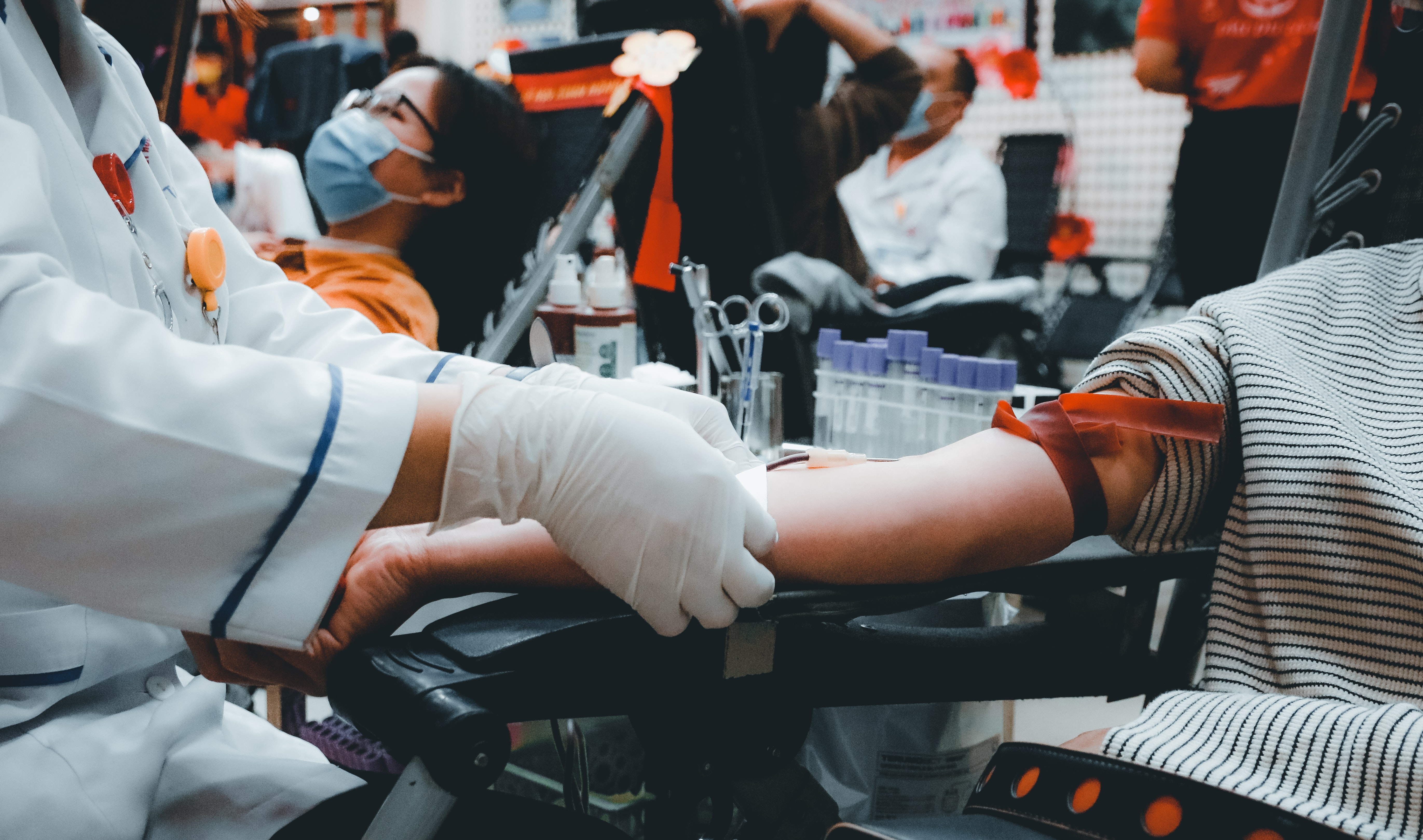News release
From:
Regular blood or plasma donations can reduce levels of PFAS in the blood, according to a world-first clinical trial from Macquarie University and Fire Rescue Victoria published in JAMA Network Open.
This is the first time an intervention has been found to reduce PFAS levels.
PFAS, known as per and polyfluroalkyl substances, are a group of synthetic chemicals used in industrial and consumer products which have been associated with negative health outcomes.
Lead author of the study Dr Robin Gasiorowski, Senior Lecturer in Haematology at Macquarie Medical School, said blood and plasma donation could be simple interventions for people with elevated PFAS levels.
“The results from the study show both regular blood or plasma donations resulted in a significant reduction in blood PFAS levels, compared to the control group,” Dr Gasiorowski said.
“While both interventions are effective at reducing PFAS levels, plasma donations were more effective and corresponded to a 30 per cent decrease.”
Fire Rescue Victoria Assistant Chief Fire Officer Mick Tisbury, who has advocated for many years on PFAS minimisation in the fire and rescue service and developed the initial idea for the study, said the findings were a positive result for firefighters.
“Firefighters often put the health and safety of others before their own health, so it is pleasing that the results from this research can be used to improve the health of firefighters who have acquired high PFAS levels through vital community work,” Assistant Chief Fire Officer Tisbury said.
“It’s important to also recognise the firefighters who volunteered their time to participate in this important study. The findings will not only benefit the firefighting community but others working in high-risk sectors who are exposed to PFAS chemicals.
“This research will provide vital intelligence on reducing the impacts of PFAS and will now be shared throughout Australia and internationally so that others may benefit, act on this knowledge, and advance this important work.”
Co-author Macquarie University Honorary Associate Professor Mark Taylor said the persistence of PFAS chemicals in the environment means that measures to reduce PFAS exposure are also needed.
“PFAS are referred to as ‘forever chemicals’ because they break down slowly in the environment and in the human body. While we work to eliminate sources of PFAS contamination and prevent exposure, it is promising to see that we can also help reduce levels in people such as firefighters,” Associate Professor Taylor said.
“While this study did not examine health effects of PFAS or the clinical benefits of its reduction in firefighters, these important questions are worthy of further research to better understand health outcomes from exposure and treatment.”
The clinical trial consisted of 285 Fire Rescue Victoria staff and contractors with elevated levels of perfluorooctane sulfonate (PFOS), a commonly detected type of PFAS.
Participants were randomly allocated to donate plasma every six weeks for 12 months, to donate whole blood every 12 weeks for 12 months, or to make no donations for 12 months (the control group). Their PFAS levels were measured at baseline, at the end of the 12 months, and three months later to test if the results were sustained.
Firefighters have historically been exposed to firefighting foams that contain high levels of PFAS and have previously been found to have higher blood PFAS levels than the general population.



 Australia; NSW; VIC; QLD
Australia; NSW; VIC; QLD


